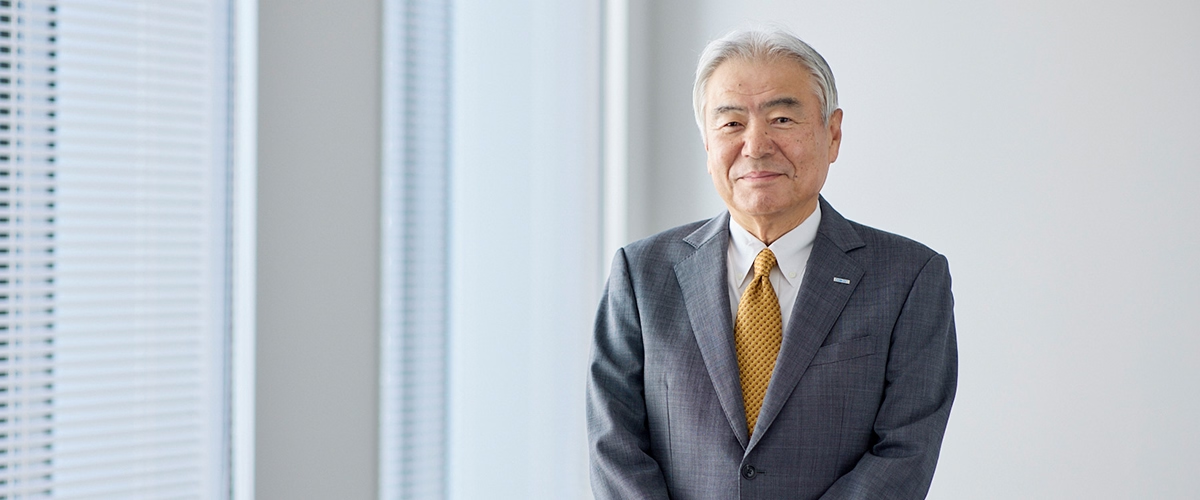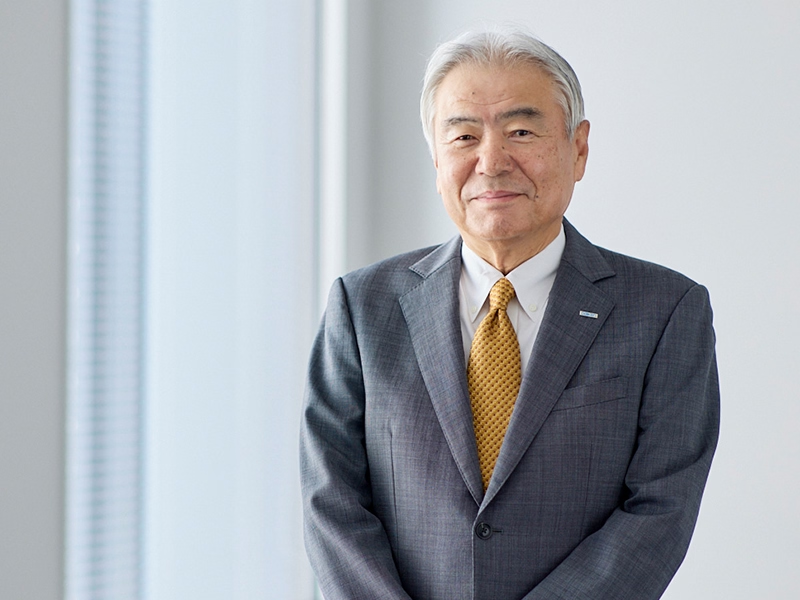- DAIKEN
- COMPANY INFORMATION
- Message from the President
Message from the President


Comfort for every space, for every person.
Our company was founded in September 1945.
In the devastation and chaos immediately following the end of the war, our predecessors began the business with a passionate desire to "produce timber and lumber products as reconstruction materials to help rebuild Japanese society and the lives of its people." This marked the start of our manufacturing of various wooden products and flooring materials.
Since our founding, we have prioritized the harmony between a prosperous society and the environment. We have developed numerous sustainable materials with environmental considerations and have responded to the needs of the times by providing functional building materials. Our business domains have expanded from the residential sector to public and commercial architecture, and from domestic to international markets. Moreover, we have focused not only on selling materials and building products as "things," but also on proposing added value through "events" with a focus on functionality.
We will continue to pursue contributions to the environment and improved comfort, actively engaging in the exploration of new business areas and co-creation beyond corporate boundaries, to continue setting new standards for living spaces. As a company that provides comfortable spaces where everyone can feel at ease, we will keep challenging ourselves to create new, unseen values.
Masanori Okuda, Representative Director, President


